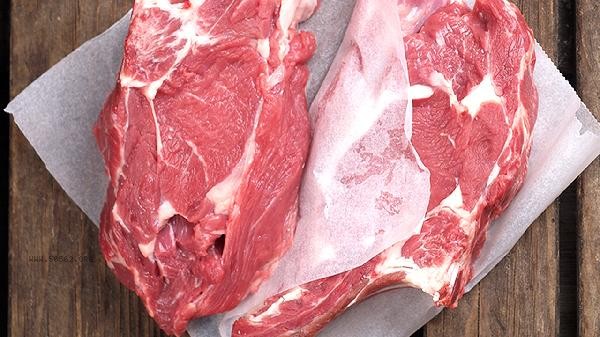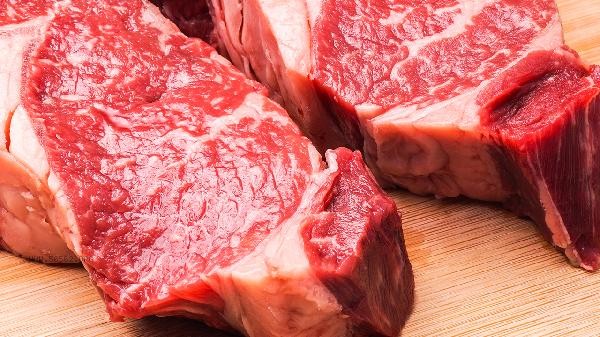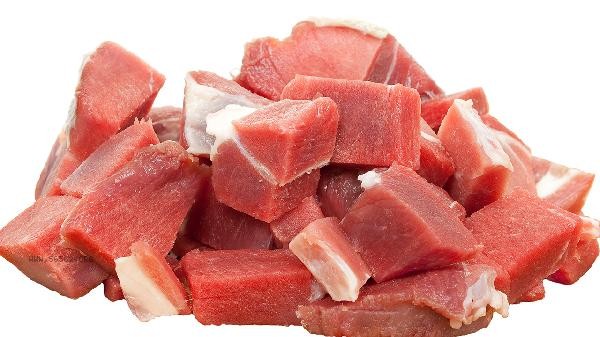Coconut vegetables can be eaten together with beef, and the combination of the two can provide rich nutrition without the risk of food conflict. Coconut vegetables are rich in dietary fiber and vitamin C, while beef contains high-quality protein and iron elements. Reasonable combination helps to achieve nutritional complementarity. When paired with beef, cauliflower's dietary fiber can promote gastrointestinal peristalsis, help digest protein and fat in beef, and reduce greasiness. The combination of heme iron in beef and vitamin C in cauliflower can increase the absorption rate of iron, making it suitable for people with anemia. When cooking, it is recommended to blanch the cauliflower and stir fry it quickly with beef. This can preserve the crispy and tender taste of the cauliflower while avoiding excessive heating and hardening of the beef. Attention should be paid to selecting lean meat parts for beef to avoid high-fat intake, and coconut should not be cooked for a long time to prevent vitamin loss. Some people with weak gastrointestinal function may experience bloating due to the combination of dietary fiber and high protein if they consume large amounts of cauliflower and beef at the same time. Patients with peptic ulcers need to cook cauliflower until soft and tender to reduce mechanical irritation to the gastrointestinal mucosa. Beef is recommended to be cooked using easily digestible cooking methods such as stewing, to avoid harmful substances produced by high-temperature cooking such as grilling.

Coconut cabbage and beef can be used as the preferred combination of meat and vegetables in daily diet, and it is recommended to pair them with whole grain staple foods to ensure nutritional balance. Gastrointestinal sensitive individuals should control their single consumption and avoid alternating cold and hot eating. Special populations such as gout patients should limit the frequency of beef intake and blanch beef before cooking to reduce purine content. Keeping ingredients fresh and cooking light can maximize the nutritional value of both.










Comments (0)
Leave a Comment
No comments yet
Be the first to share your thoughts!